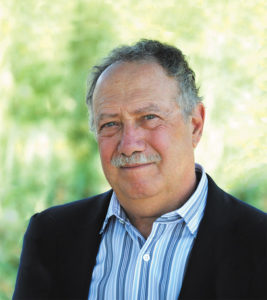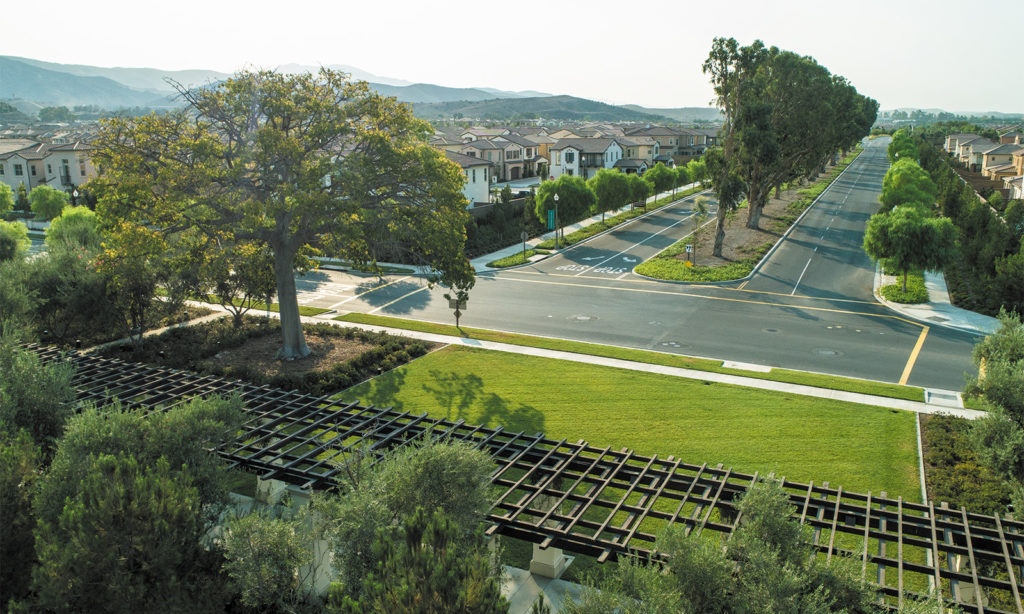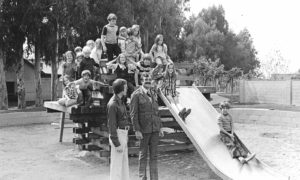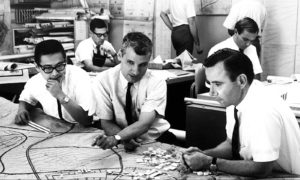
Many of America’s best new communities share one thing in common — they use Irvine as their model.
“The things that Irvine pioneered are being copied, not just here in America, but around the world,” says author Joel Kotkin, an internationally recognized authority on cities.
He cites several up-and-coming communities near Houston, Dallas and Columbus, Ohio.
“What I see increasingly are places like Irvine, but none are quite as evolved,” says Kotkin, a presidential fellow in urban futures at Chapman University.
Irvine’s Master Plan created an entire city in balance — nationally recognized for its safety, schools, parks and open space.
It also created a city of villages, which, according to Kotkin’s 2016 book “The Human City: Urbanism for the Rest of Us,” is the lifestyle that 80 percent of Americans desire.
Everything is nearby
“Irvine takes care of you,” he says. “You have the schools, the pools, the parks, the bike trails. Everything is nearby. For families with children, it’s really ideal.”
Kotkin has traveled the world, writing about cities, suburbs and economic trends. He’s written seven books and edited another, “Infinite Suburbia.” The New York Times refers to him as “America’s uber-geographer.” “Irvine’s great advantage has been the Master Plan,” he says. “It’s provided what people want.” That includes safety — last month, Irvine was named America’s safest city for the 13th year in a row.
It includes education — last month, Irvine was named the best public school district in the county.
And it includes open space — last summer, Irvine’s park system was named the best in Southern California.
What makes Irvine special
“People want to hike,” Kotkin says. “They want to bike ride. They want to see nature. Irvine was far-sighted enough to provide all this.”
In contrast, he cites what Los Angeles could’ve been if it had preserved open space as advised in the 1920s and ’30s.
“It would be the greatest city in the world,” Kotkin says.
Instead, L.A.’s uncontrolled sprawl spread south, spurring Irvine’s Master Plan, which created more than 260 parks and preserved one-third of the city as open space.
All that natural open space, combined with Irvine’s year-round Mediterranean climate, created a city unlike any other.
“I think planners around the world today look at Irvine,” Kotkin says, “and see it as the ultimate role model.”









